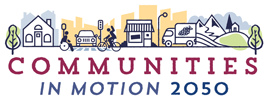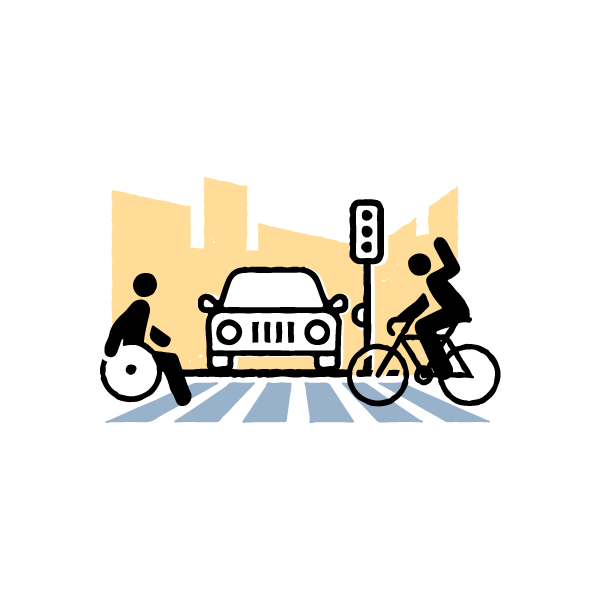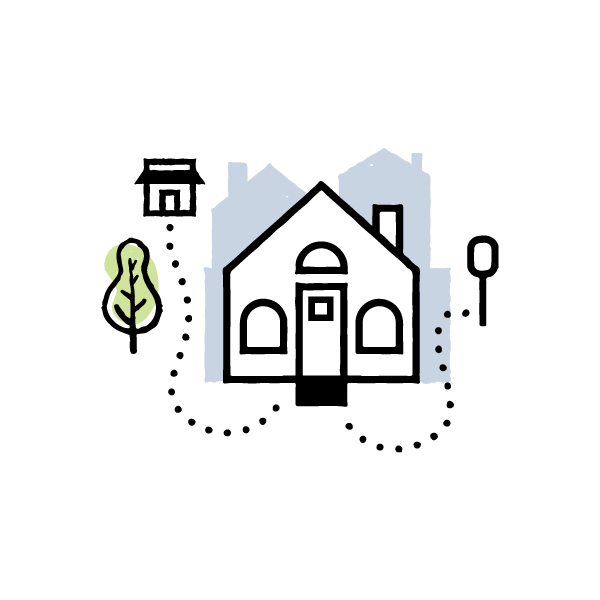Active Transportation
I would like to:
Get where I need to go without having to jump in a car each time
Combine my daily workout with my daily commute
Enjoy the Treasure Valley’s beautiful weather and scenery
Avoid traffic congestion…and even help reduce it
Do my part to keep our air clean
All of the above
If you check the box for any of these answers, chances are active transportation—cycling, walking, skateboarding, and the like—is for you.
Active transportation is a safe, comfortable, and convenient human-powered mode of getting around by connecting residents and communities to employment, commercial, and recreational destinations. It also serves as the “first and last mile” for public transportation—providing the link between work, home, and transit stops.
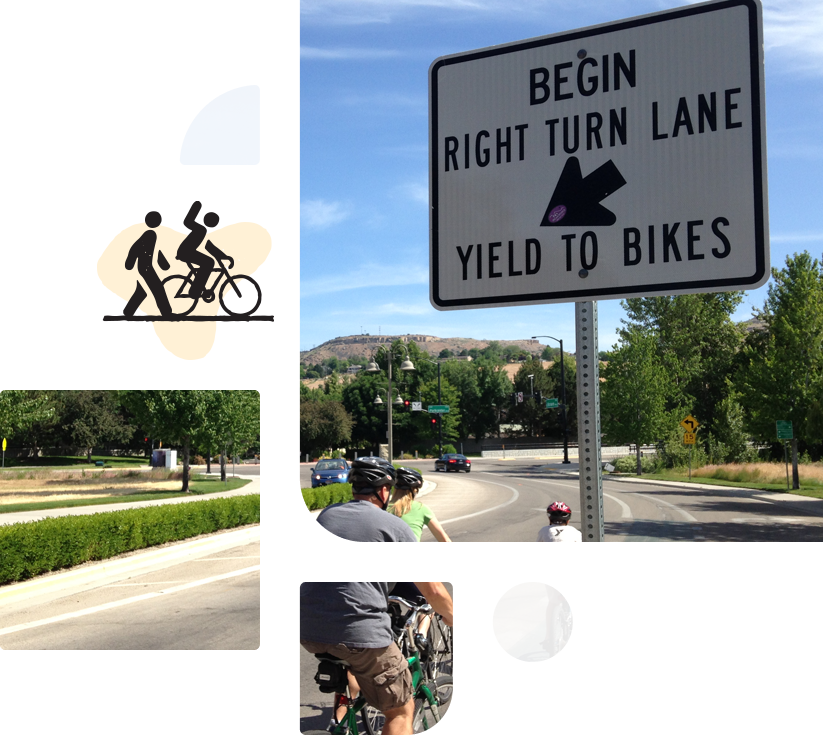
Planning for Active Transportation
To plan for active transportation, COMPASS collects data on both supply (what facilities exist and what shape are they in?) and demand (how much are they being used and when?).
Supply:
- The interactive Bike Walk Compass maps current and planned bicycle and pedestrian facilities to identify where gaps exist.
- The COMPASS Data Bike measures trail roughness to help quantify and prioritize maintenance needs on pathways throughout the valley.
- The 2019 Rails with Trails Feasibility and Probable Cost Study identifies a potential route, road crossings, costs, and more for a paved trail adjacent to the Boise Cutoff rail corridor.
Demand:
- Sixteen permanent bicycle/pedestrian counters on pathways around Treasure Valley collect data 24 hours a day, 365 days a year on how and when pathways are used, allowing COMPASS to better understand how much use pathways receive and seasonal and daily trends.
- Forty-one portable bicycle/pedestrian counters are deployed by COMPASS for short periods on behalf of member agencies to assist in site-specific planning.
2050 Regional Pathways and Bikeways Priorities
Communities in Motion 2050 identifies 13 high-priority, unfunded, regional pathway segments. These segments were identified and prioritized through a rigorous process by the Active Transportation Workgroup and will be the focus of new or enhanced pathway funding.
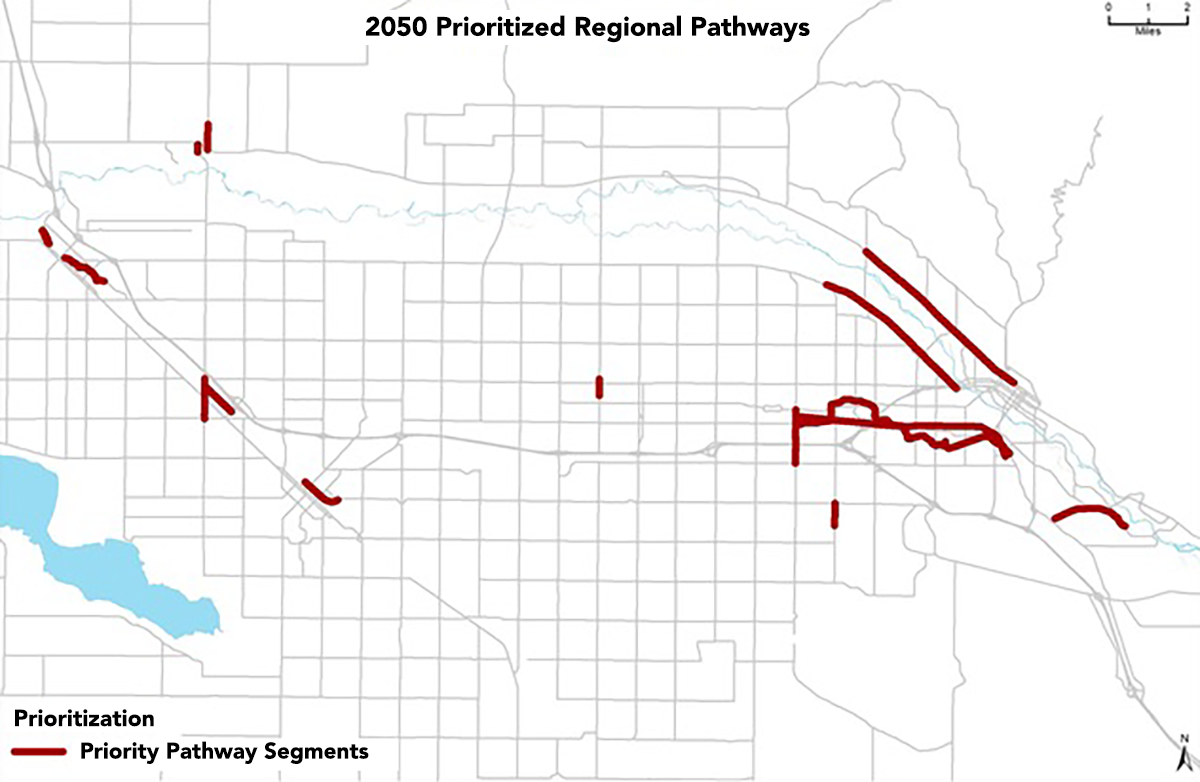
Active Transportation and Communities in Motion 2050 Goals
Enhanced Active Transportation infrastructure will support Communities in Motion 2050’s four goal areas:
